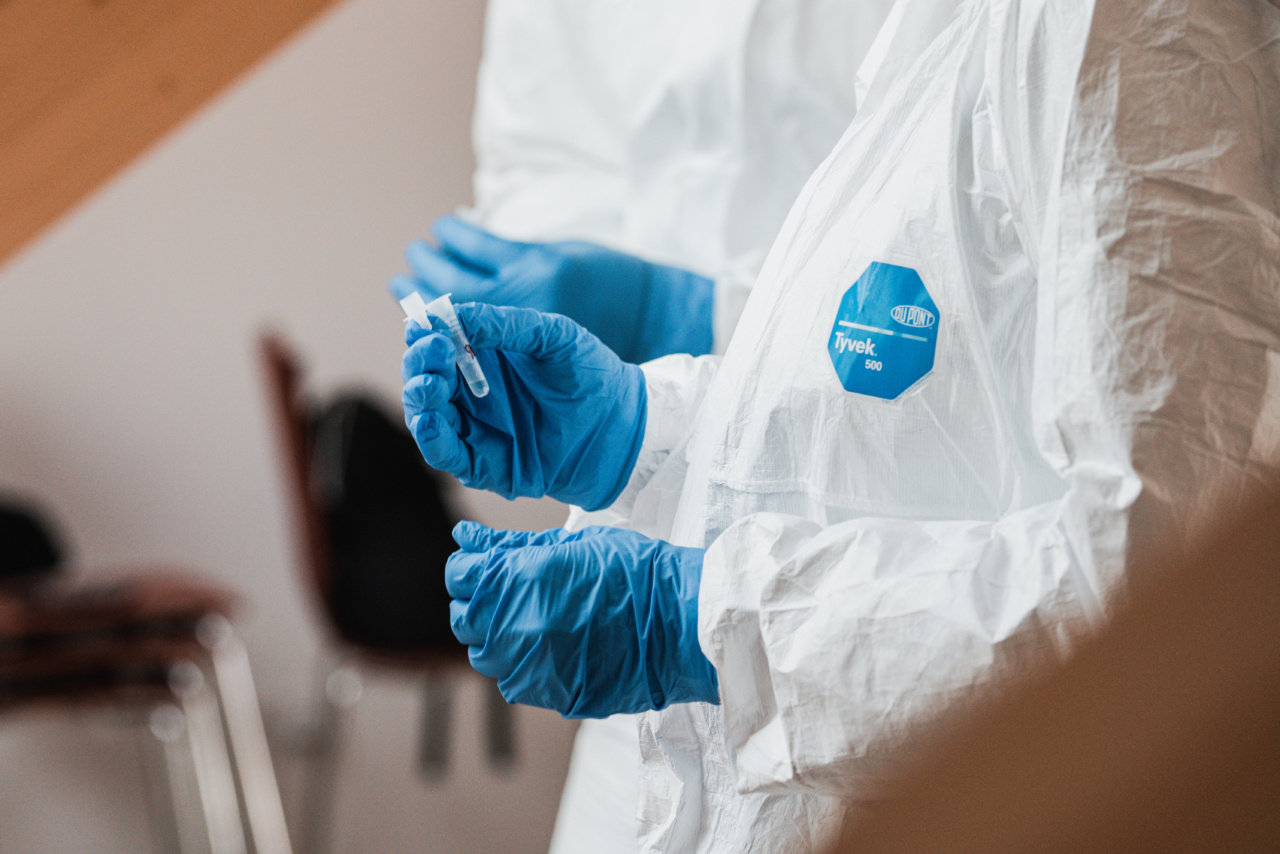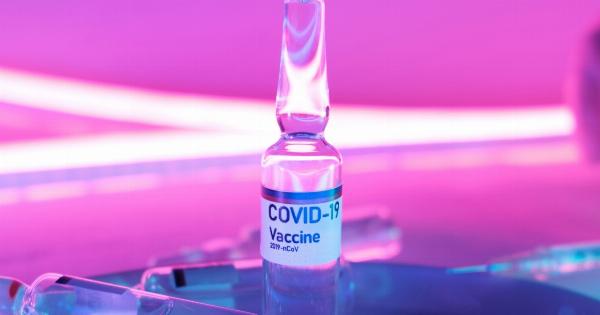Refractive surgeries, such as LASIK and PRK, have gained significant popularity in recent years as effective ways to correct common vision problems such as myopia, hyperopia, and astigmatism.
These procedures utilize advanced technology to reshape the cornea and improve visual acuity, offering patients a life-changing solution without the need for glasses or contact lenses. However, like any surgical procedure, refractive surgeries do come with potential risks and complications.
To ensure the safety and efficacy of these procedures, advanced genetic testing has emerged as a valuable tool for evaluating patient suitability and minimizing adverse outcomes.
The Importance of Genetic Testing in Refractive Surgeries
Refractive surgeries involve altering the shape and structure of the cornea, which is a genetically determined tissue.
Genetic variations can significantly impact corneal structure, thickness, and healing responses, making it essential to evaluate a patient’s genetic profile before performing these surgeries. By identifying specific genetic markers associated with corneal stability and wound healing, advanced genetic testing allows ophthalmologists to assess a patient’s predisposition to complications and potential refractive outcomes.
Genetic Markers and Corneal Stability
Corneal stability is a crucial factor in determining the suitability of a candidate for refractive surgery.
Genetic testing can identify various markers associated with corneal stability, such as genes involved in collagen synthesis and degradation, extracellular matrix remodeling, and inflammation response. Evaluating these genetic markers helps identify individuals with inherent corneal instability, increasing the risk of complications such as corneal ectasia.
Corneal Wound Healing and Genetic Testing
Adequate corneal wound healing is vital for achieving optimal refractive outcomes and minimizing complications.
Genetic testing can provide insights into the genes involved in the wound healing process, such as those responsible for cell migration, proliferation, and extracellular matrix deposition. By assessing these genetic markers, ophthalmologists can determine whether a patient has an increased risk of impaired wound healing, which may lead to suboptimal visual outcomes or corneal haze formation.
Customized Treatment Approaches
Advanced genetic testing can enable ophthalmologists to develop personalized treatment approaches for refractive surgeries.
By evaluating a patient’s genetic profile, ophthalmologists can identify potential risk factors and tailor the surgical technique, such as adjusting the ablation depth or selecting a specific laser platform. This customization improves the safety and efficacy of the procedure, ensuring that the patient achieves the desired refractive outcomes while minimizing the risk of complications.
Enhanced Patient Selection Criteria
Genetic testing in refractive surgeries facilitates enhanced patient selection criteria. By identifying specific genetic markers, ophthalmologists can better assess who is an ideal candidate for the procedure.
For example, certain genetic variations may indicate a higher likelihood of dry eye syndrome or corneal ectasia. By excluding individuals with such genetic predispositions, ophthalmologists can minimize the risk of complications and ensure optimal visual outcomes for patients.
Genetic Testing Process for Refractive Surgeries
The genetic testing process for refractive surgeries typically involves simple and non-invasive collection methods, such as a saliva or cheek swab.
These samples are then analyzed in a specialized laboratory to evaluate specific genes involved in corneal stability and wound healing. The results of genetic testing are then interpreted and used in conjunction with other clinical assessments to determine the suitability of a patient for refractive surgery and customize the treatment plan accordingly.
Evolving Role of Genetic Testing in Refractive Surgeries
The field of genetic testing is constantly evolving, and new research and technological advancements are refining its application in refractive surgeries.
Future developments may allow for more comprehensive genetic testing panels, enabling ophthalmologists to evaluate additional genetic markers associated with corneal biomechanics, inflammation response, and other factors influencing refractive outcomes. Moreover, genetic testing may also contribute to predicting long-term stability and risk of regression following refractive surgeries, helping patients make informed decisions about their treatment options.
Ethical Considerations and Genetic Testing
While advanced genetic testing offers promising benefits for enhancing the safety and efficacy of refractive surgeries, ethical considerations must also be taken into account.
The collection and analysis of genetic information require strict adherence to privacy and confidentiality standards. Patients must be well-informed about the implications of genetic testing, including its limitations and potential impact on their surgical outcomes.
Close collaboration between ophthalmologists, genetic counselors, and patients is crucial to ensure that genetic testing is conducted responsibly, respecting patients’ autonomy and promoting their overall well-being.
Conclusion
Advanced genetic testing has emerged as a valuable tool in the evaluation of patient suitability and safety of refractive surgeries.
By assessing genetic markers associated with corneal stability and wound healing, ophthalmologists can better understand each patient’s unique genetic profile and customize treatment approaches accordingly. Genetic testing facilitates enhanced patient selection criteria, improving refractive outcomes while minimizing the risk of complications.
As genetic testing technology continues to advance, its role in refractive surgeries is expected to further evolve, contributing to better patient care and long-term visual outcomes.






























